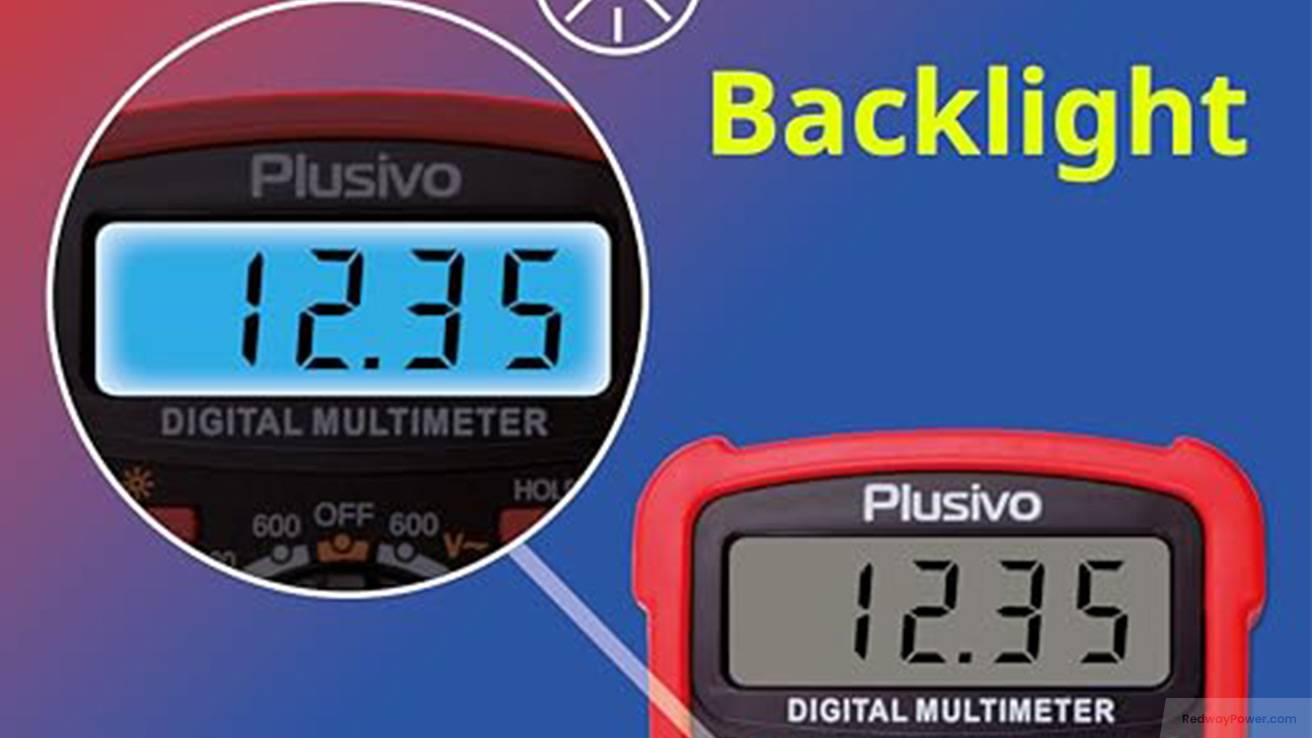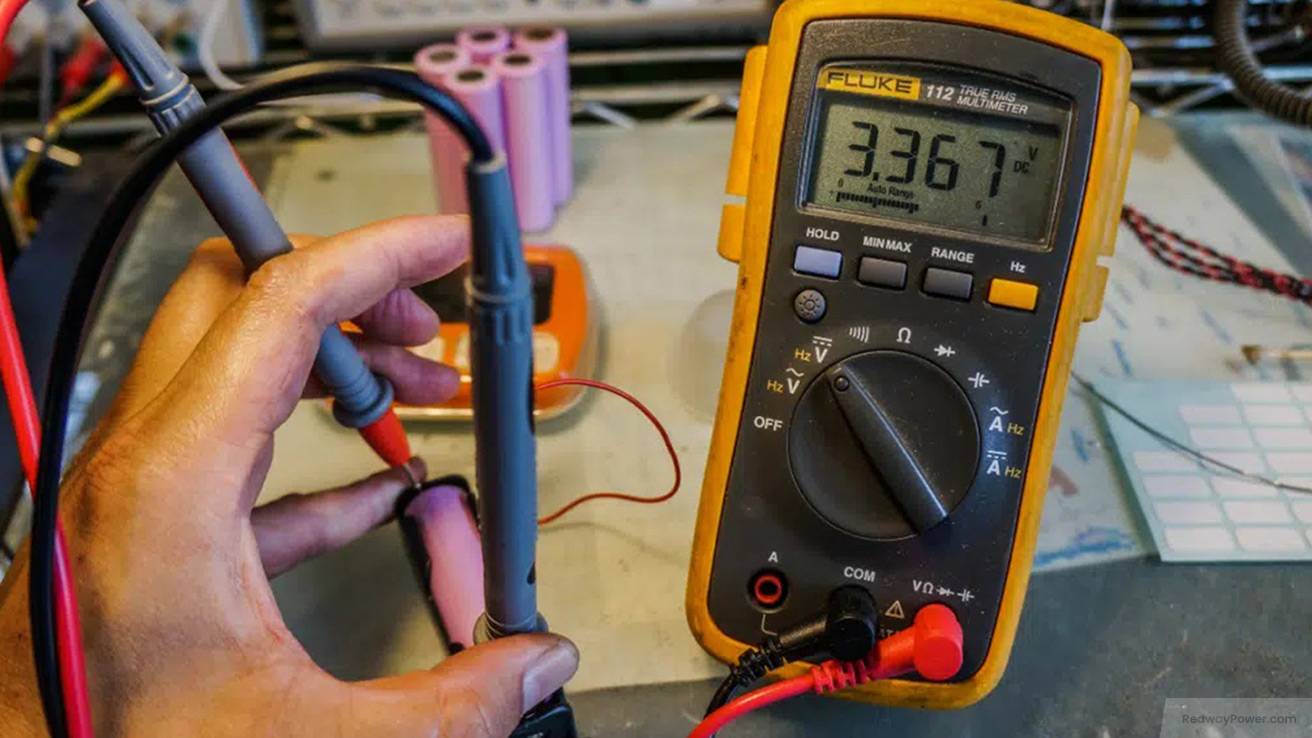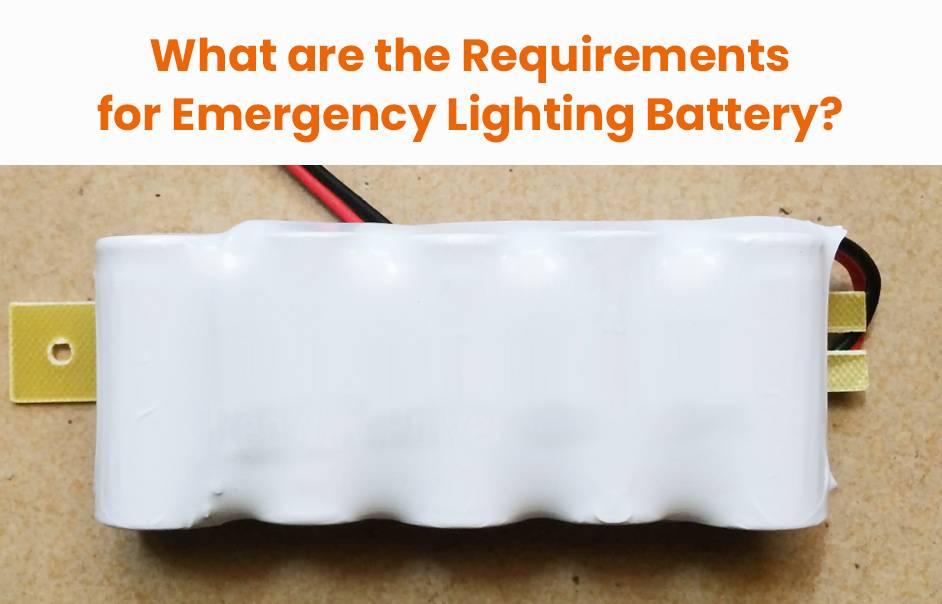Welcome to the world of battery testing! Whether you’re a tech enthusiast or someone relying on batteries, knowing how to check their health is vital. In this guide, we’ll cover types of batteries, lifespan, signs of a dying battery, and common troubleshooting using a multimeter. Let’s dive into the captivating realm of battery testing to keep your devices powered up and ready when you need them!
Types of Batteries and their Lifespan
Batteries come in various types, each with unique characteristics and lifespans. Understanding these differences is crucial for choosing the right battery for your needs.
- Alkaline Batteries: Widely used in everyday devices, alkaline batteries have a relatively long lifespan, typically lasting 1 to 5 years depending on usage. They are common in remote controls, flashlights, and toys.
- Rechargeable Batteries: Rechargeable batteries, available in nickel-cadmium (NiCd), nickel-metal hydride (NiMH), and lithium-ion (Li-ion) chemistries, can be recharged multiple times. Lifespan varies based on charging habits and care, offering a sustainable option for various devices.
- Lithium Batteries: Preferred for high-performance needs, lithium batteries provide excellent energy density and longer shelf life. They are commonly used in electronic devices like smartphones, laptops, and cameras.
- Specialized Batteries: Specific applications may require batteries like lead-acid or lithium polymer (LiPo) that cater to unique power requirements or operating conditions.
- Considerations for Lifespan: While each battery type has an average lifespan, individual performance can vary due to factors like temperature extremes or improper usage patterns. Understanding these differences helps make informed decisions based on specific needs and conditions.
Signs of a Dying Battery
Your car battery, like a heart for your vehicle, can show signs of wear and tear over time. Recognizing these signs is crucial to avoid unexpected breakdowns. Here are key indicators of a dying battery:
- Difficulty Starting: Slow engine turnover or a clicking sound when starting may indicate your battery is struggling. If starting becomes challenging, it’s a sign to check the battery.
- Dimming Headlights: Dimmer headlights, especially at low speeds or when idling, suggest decreased voltage from an aging battery. Pay attention to changes in brightness.
- Electrical Issues: Problems with power windows or flickering radios can signal insufficient power supply from the battery. These electrical issues may point to a declining battery.
- Frequent Jump-Starts: Needing frequent jump-starts or replacing batteries more often than usual are clear signs that your current battery is in poor condition.
Conclusion: Paying attention to these warning signs allows proactive steps before complete failure. Regular battery health checks ensure optimal performance, preventing unexpected breakdowns on the road. Stay tuned for our next section where we discuss the importance of regular battery testing.
Importance of Regular Battery Testing

Regular testing is crucial for maintaining batteries, helping gauge their health and performance. Here’s why regular battery testing is essential:
- Early Issue Identification: Regular testing allows early detection of potential issues by monitoring voltage, capacity, and overall performance. This proactive approach helps address deterioration signs before they become major problems.
- Lifespan Extension: Monitoring battery performance over time enables the implementation of preventive measures, such as proper charging and timely replacement, to extend battery lifespan and prevent complete failure.
- Safety Assurance: Regular testing ensures batteries operate within safe parameters, minimizing the risk of accidents or malfunctions. Identifying faulty or deteriorating batteries early enhances overall safety.
- Efficiency Optimization: By testing regularly, you can optimize battery efficiency and reduce energy waste. Recognizing underperforming batteries allows cost-effective replacement, maintaining an efficient power source.
Conclusion: Regular battery testing is a vital part of maintenance routines, promoting safety, maximizing lifespan, and optimizing efficiency. Prioritize battery testing to ensure smooth operations and prevent potential issues.
How to Test Batteries
Testing batteries is essential, and there are a few simple methods you can try using common tools. Here’s how:
- Multimeter Method: Use a multimeter to measure battery voltage. Set it to DC voltage mode, ensure it’s in the right range (usually 12V), and connect probes to the positive and negative terminals. The multimeter reading indicates the remaining charge.
- Load Tester: Employ a load tester for a more accurate assessment. This device applies a load to the battery, simulating real-world conditions and providing precise performance measurements beyond just voltage.
- Visual Inspection: Conduct a visual inspection for cracks, leaks, or corrosion on the battery. These signs could indicate internal damage affecting performance.
Remember to prioritize safety with gloves and eye protection, especially when dealing with larger batteries. With these techniques, testing your batteries becomes a simple task to ensure optimal performance.
Tools and Equipment Needed for Battery Testing
For accurate battery testing, having the right tools is crucial. Here are essential items you’ll need:
- Multimeter: This versatile tool measures voltage, current, and resistance, providing crucial insights into the overall health and performance of your batteries.
- Battery Load Tester: A specialized device that applies a load to the battery while measuring voltage drop. It helps assess a battery’s capability under heavy usage conditions.
- Hydrometer: Specifically for lead-acid batteries, this tool measures the specific gravity of the electrolyte solution, aiding in identifying imbalances or potential issues between cells.
- Battery Charger: A reliable charger is necessary for recharging discharged batteries or maintaining their optimal charge levels over time.
- Safety Equipment: Prioritize safety with gloves, goggles, and protective clothing when handling batteries containing corrosive substances.
Investing in these tools ensures confident and accurate battery testing across various types.
Tips for Accurate Battery Testing

Accurate battery testing is crucial for identifying issues and ensuring optimal performance. Here are essential tips for accurate testing:
- Reliable Battery Tester: Invest in a high-quality battery tester to avoid inaccurate readings. Cheap or outdated testers may lead to misdiagnosis of battery issues.
- Follow Manufacturer’s Instructions: Always refer to the manufacturer’s instructions for specific testing procedures tailored to each battery type. This ensures proper handling and accurate results.
- Clean Battery Terminals: Ensure battery terminals are clean before testing to prevent interference with electrical connections and maintain accurate readings.
- Check Voltage Under Load: Assess battery health accurately by measuring voltage under load conditions. Connect a load device, like headlights, during the voltage test for more precise results.
- Allow Batteries to Rest: After tests requiring loads, let batteries rest before measuring voltage again. This ensures more reliable readings by accounting for any temporary recovery in voltage levels.
- Test at Appropriate Temperatures: Perform tests within the battery’s operating temperature range to avoid significant alterations in test results caused by extreme temperatures.
Accurate testing is vital for early issue identification and optimal battery performance.
Troubleshooting Common Battery Issues
Regular battery testing is essential, but you may encounter common battery issues. Here are troubleshooting tips:
- Corrosion:
- Issue: White or greenish residue on terminals.
- Fix: Disconnect the battery, clean terminals with a baking soda-water mixture, and gently scrub with a toothbrush.
- Low Voltage:
- Issue: Battery fails to hold a charge or loses power quickly.
- Fix: Professional assistance may be needed to diagnose and address parasitic drain or other electrical issues.
- Dead Cell:
- Issue: Complete failure of one or more battery cells.
- Fix: No DIY solution; replace the entire battery.
- Weak Alternator:
- Issue: New batteries continuously show signs of discharge.
- Fix: Consult an automotive technician to diagnose and repair potential alternator issues.
Remember to prioritize safety, follow manufacturer guidelines, and consult professionals when needed.
In conclusion (last bit slipped in!): Regular testing ensures reliable battery performance, whether for vehicles, electronics, or home backup systems. Understanding battery behavior and recognizing early signs of deterioration through routine testing are crucial. Additionally, having the right tools and testing knowledge is essential.












